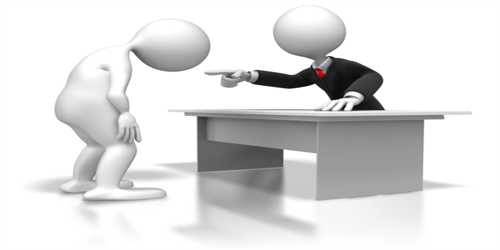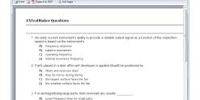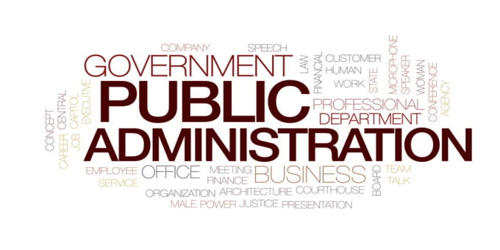Essential Procedure to Handle Grievances
The grievance may be any genuine or imaginary feeling of dissatisfaction or injustice which an employee experiences about his job and it’s nature, about the management policies and procedures. Employee grievance refers to the dissatisfaction of an employee with what he expects from the company and its management. It is the perception of unfair treatment on the job. There are many factors that make employees unhappy.
For instance, when an employee is not given promotion which is due to him or when work conditions are unsafe, grievances of an employee relating to these issues are based on facts. In other words, these grievances reflect the drawbacks in the implementation of the organizational policies.
Need for a Formal Procedure to Handle Grievances:
A grievance handling system serves as an outlet for employee frustrations, discontents, and gripes like a pressure release valve on a steam boiler. Employees do not have to keep their frustrations bottled up until eventually discontent causes explosion.
- Steps in Grievance Handling Procedure
At any stage of the grievance machinery, the dispute must be handled by some members of the management. In grievance redressed, responsibility lies largely with the management. And, grievances should be settled promptly at the first stage itself. The following steps will provide a measure of guidance to the manager dealing with grievances.
- Need for a Grievance Handling Procedure
Most grievances seriously disturb the employees. This may affect their morale, productivity and their willingness to cooperate with the organization. If an explosive situation develops, this can be promptly attended to if a grievance handling procedure is already in existence.
It is not possible that all the complaints of the employees would be settled by first- time supervisors, for these supervisors may not have had a proper training for the purpose, and they may lack authority. Moreover, there may be personality conflicts and other causes as well.
- Basic Elements of a Grievance Handling Procedure
The basic elements of a grievance redressal procedure are:
(i) The existence of a sound channel through which a grievance may pass for redressal if the previous stage or channel has been found to be inadequate, unsatisfactory or unacceptable. This stage may comprise three, four or five sub-stages.
(ii) The procedure should be simple, definite and prompt, for any complexity or vagueness or delay may lead to an aggravation of the dissatisfaction of the aggrieved employee.
(iii) The steps in handling a grievance should be clearly defined
In Conclusion,
The existence of an effective grievance procedure reduces the need for arbitrary action by supervisors because supervisors know that the employees are able to protect such behavior and make protests to be heard by higher management. The very fact that employees have a right to be heard and are actually heard helps to improve morale. In view of all these, every organization should have a clear-cut procedure for grievance handling.
Information Source;
















